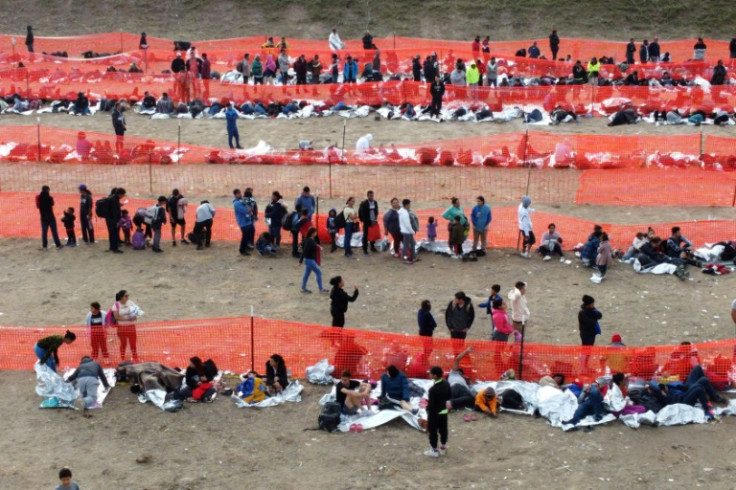
Unlawful border crossings to the U.S. have dropped by 25% (from 4,000 per day to 3,000) since the Biden administration implemented an executive order cracking down on asylum-seeking once arrivals reach a certain threshold, Department of Homeland Security officials told NBC News.
However, while border agents are sending back many migrants, they are releasing others into the U.S. while they pursue asylum claims in immigration courts due to a lack of viable alternatives, the officials added.
Enforcement of the action seems to be an issue, at least during its first weeks. Asides from this, officials are also not sending some migrants back to their countries of origin, as intended by the measure.
In some sections of the border, Central American migrants from countries like Guatemala, Honduras and El Salvador are being sent back to Mexico. Without funding from Congress, the official said, authorities will continue with this course of action. Many migrants not accepted by Mexico will be let into the U.S., he added.
Concretely, migrants from Mexico, Central America and the Caribbean are being sent back to Mexico, while migrants from the Eastern Hemisphere are being released into the U.S.
Moreover, authorities expect the drop in encounters to be short-lived. "We do see those declines in crossings whenever there's a new policy, but these smugglers quickly shift their strategies and their business, and smuggling humans and people will continue," said Hector Garza, vice president of the National Border Patrol Council. He added that there hasn't been real change and the state of affairs is the "status quo."
The administration also got sued by the American Civil Liberties Union (ACLU) and other immigrant advocacy organizations over the measure. The complaint was filed in a federal court in Washington D.C., with attorneys arguing that the decision violates a Congress' statute allowing migrants to request asylum regardless of whether they get to the country through a port of entry.
"While Congress has placed some limitations on the right to seek asylum over the years, it has never permitted the Executive Branch to categorically ban asylum based on where a noncitizen enters the country," reads a passage of the presentation.
Lee Gelernt, deputy director of ACLU's Immigrants' Rights Project, had already anticipated the organization would take this step shortly after the order was announced. "The administration lacks unilateral authority to override Congress and bar asylum based on how one enters the country, a point the courts made crystal clear when the Trump administration unsuccessfully tried a near-identical ban," he said.
Biden administration officials, on their end, defended the decision. White House assistant press secretary Angelo Fernández Hernández said it was because "border encounters remain too high," while referring inquiries to the Department of Justice.
A spokesperson for the Department of Homeland Security, on her end, said the department cannot comment on pending litigation but argued the rule is "lawful" and "critical to strengthening border security."
The executive action bars migrants who cross illegally from seeking asylum once the daily threshold of 2,500 is met, unless individuals meet certain exemptions. The measure could be turned on and off and would be lifted when there's a daily average of fewer than 1,500 encounters between ports of entry.
The changes mark Biden's toughest border restrictions yet. It also follows a failed bipartisan border bill blocked by Congress Republicans that would have seen similar measures.
© 2025 Latin Times. All rights reserved. Do not reproduce without permission.





